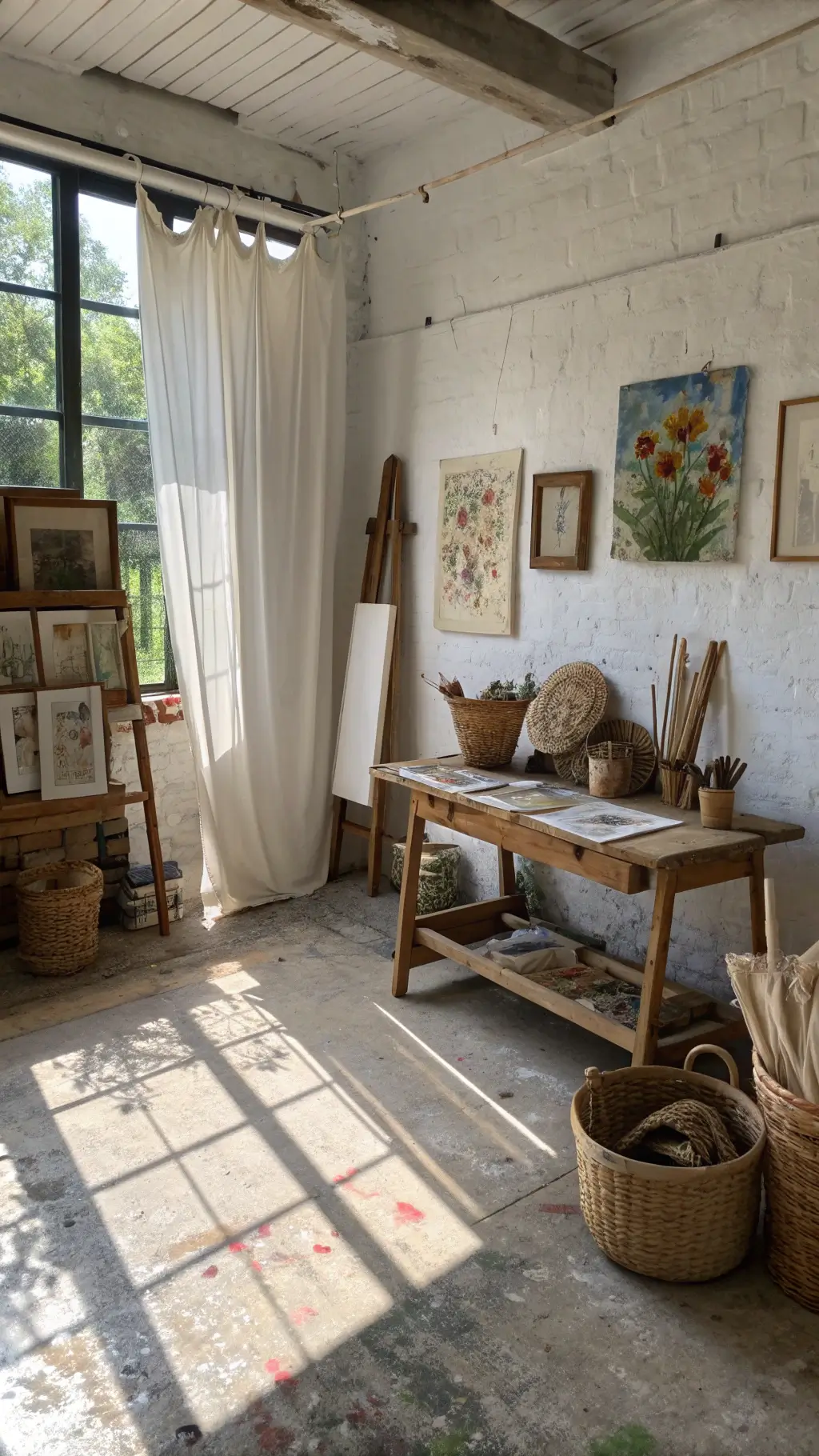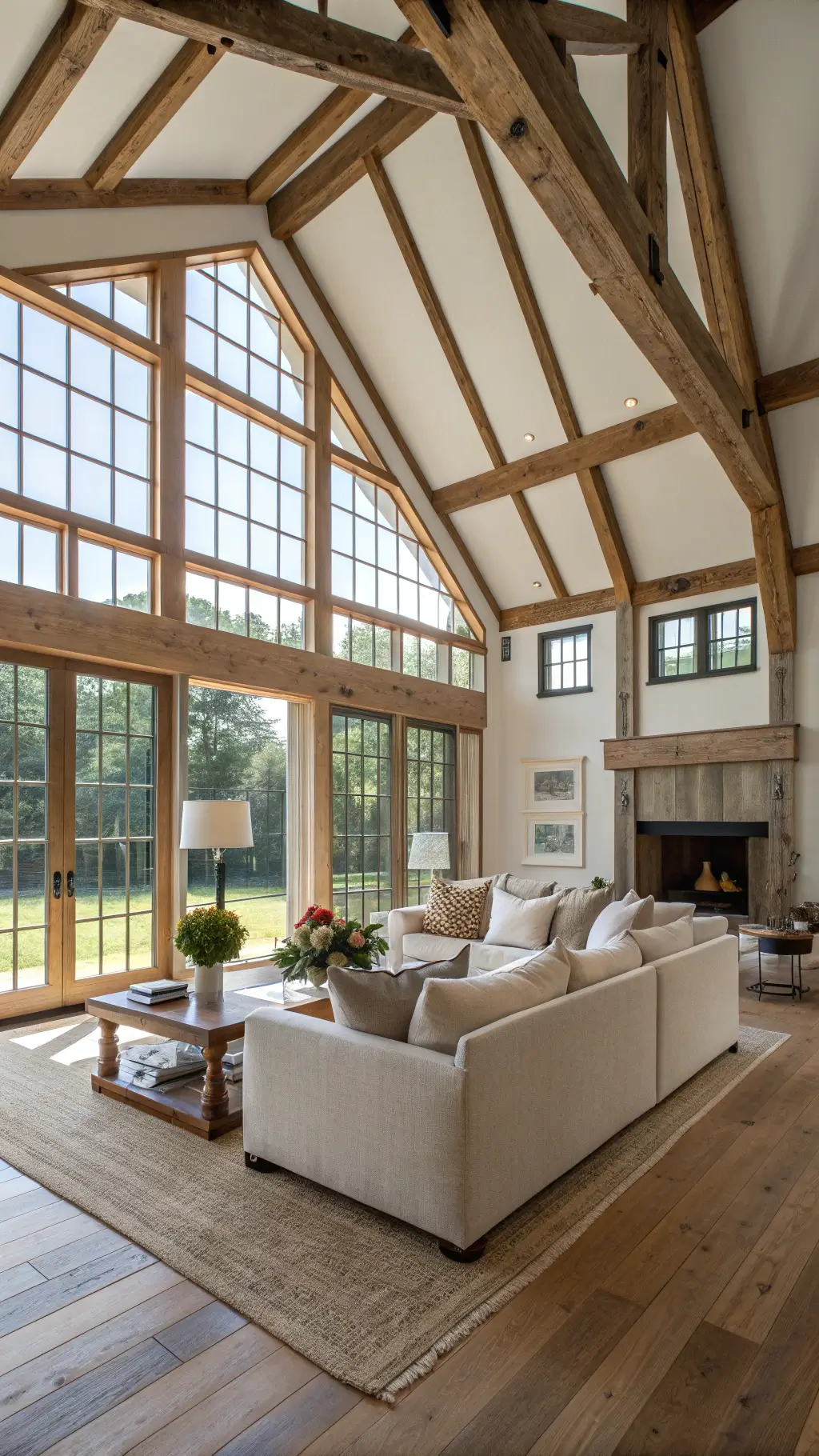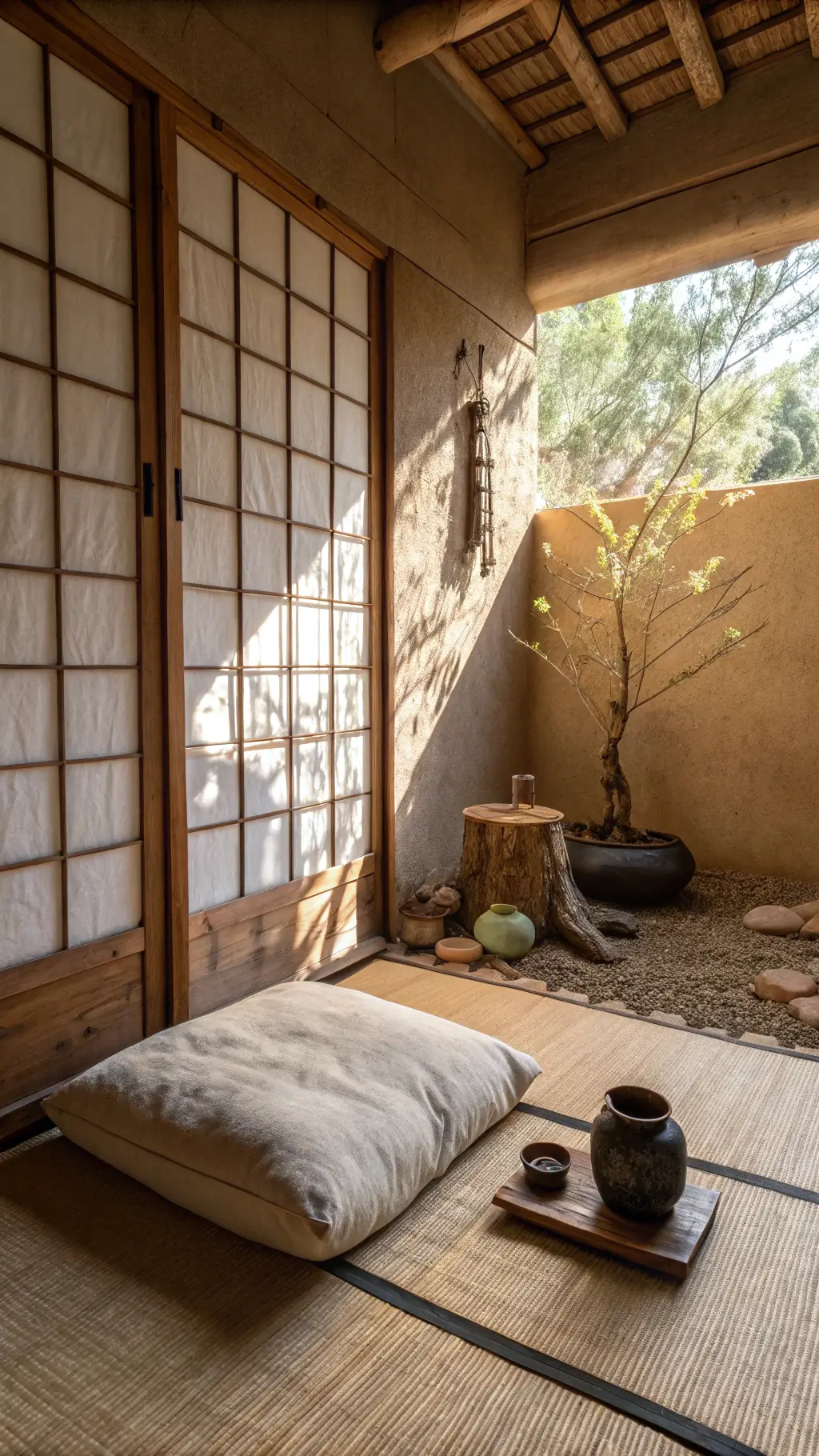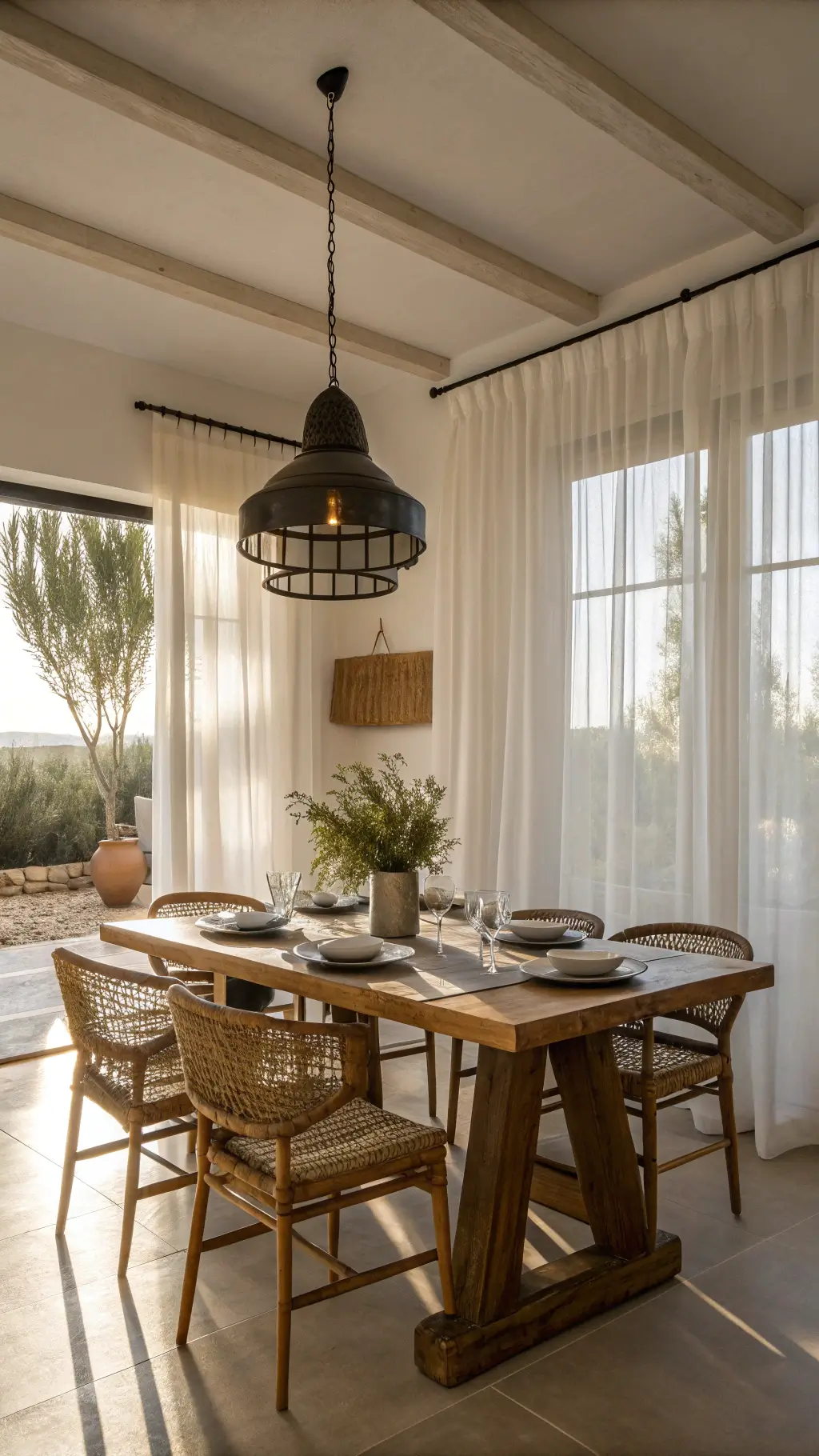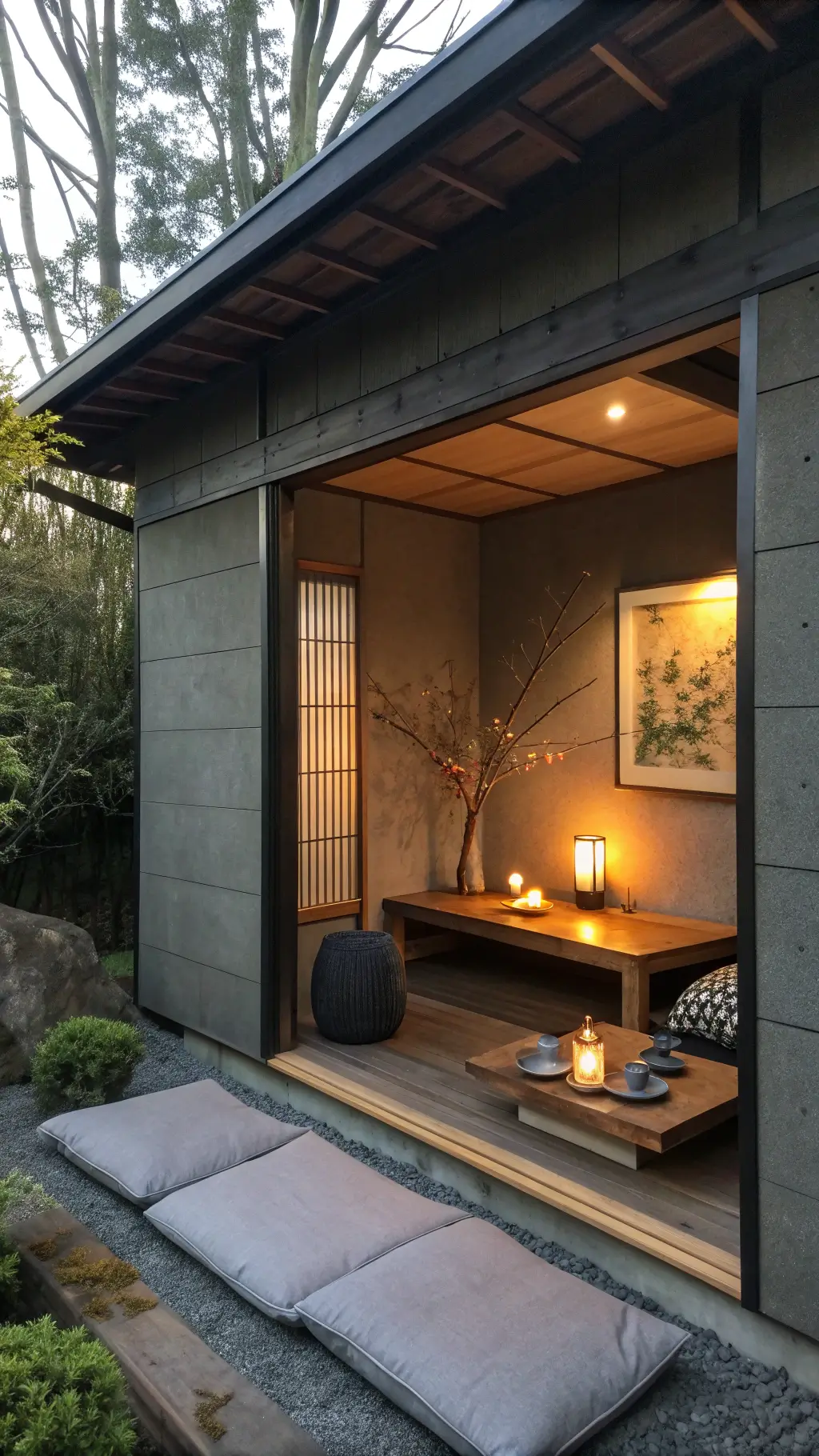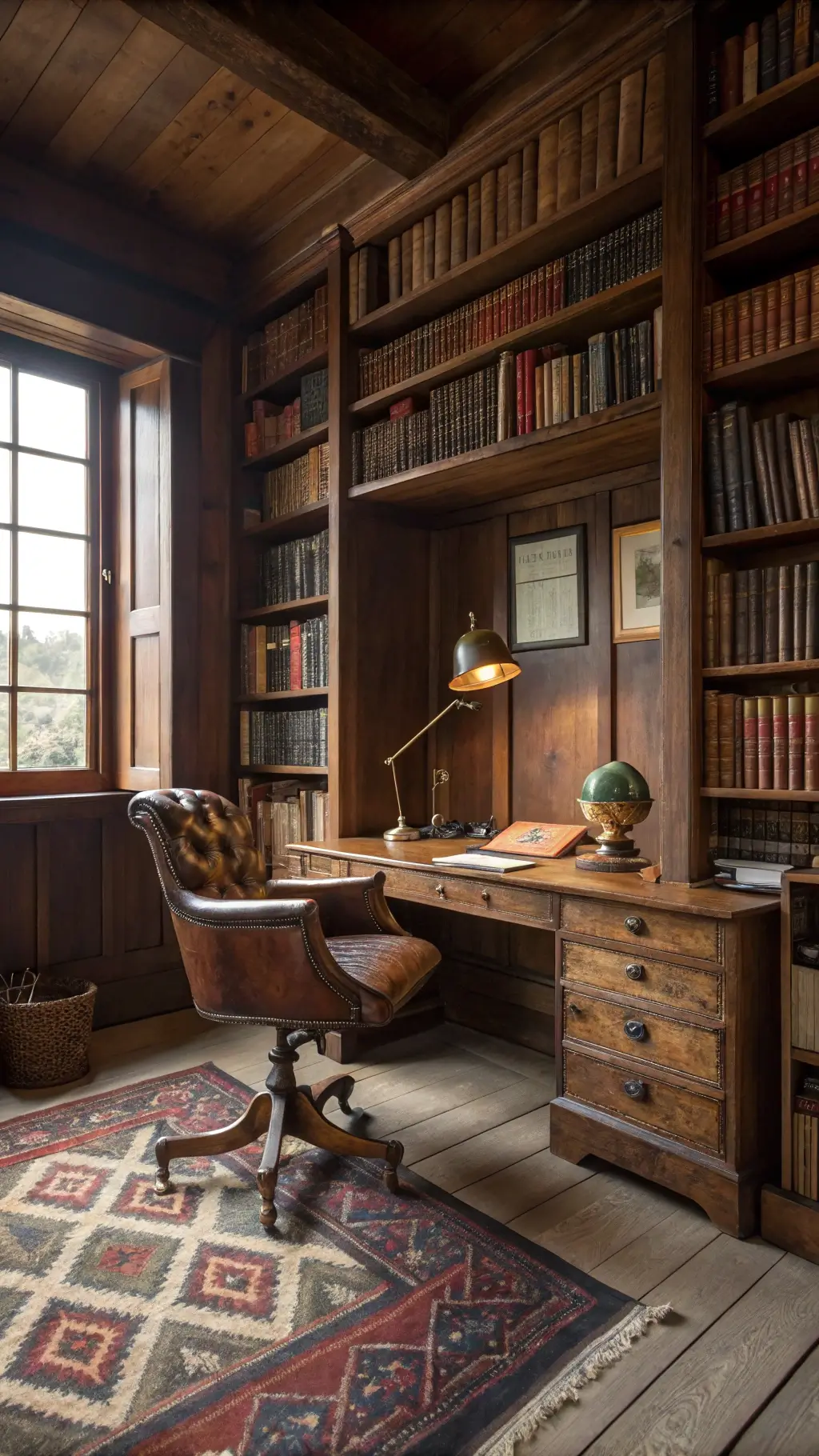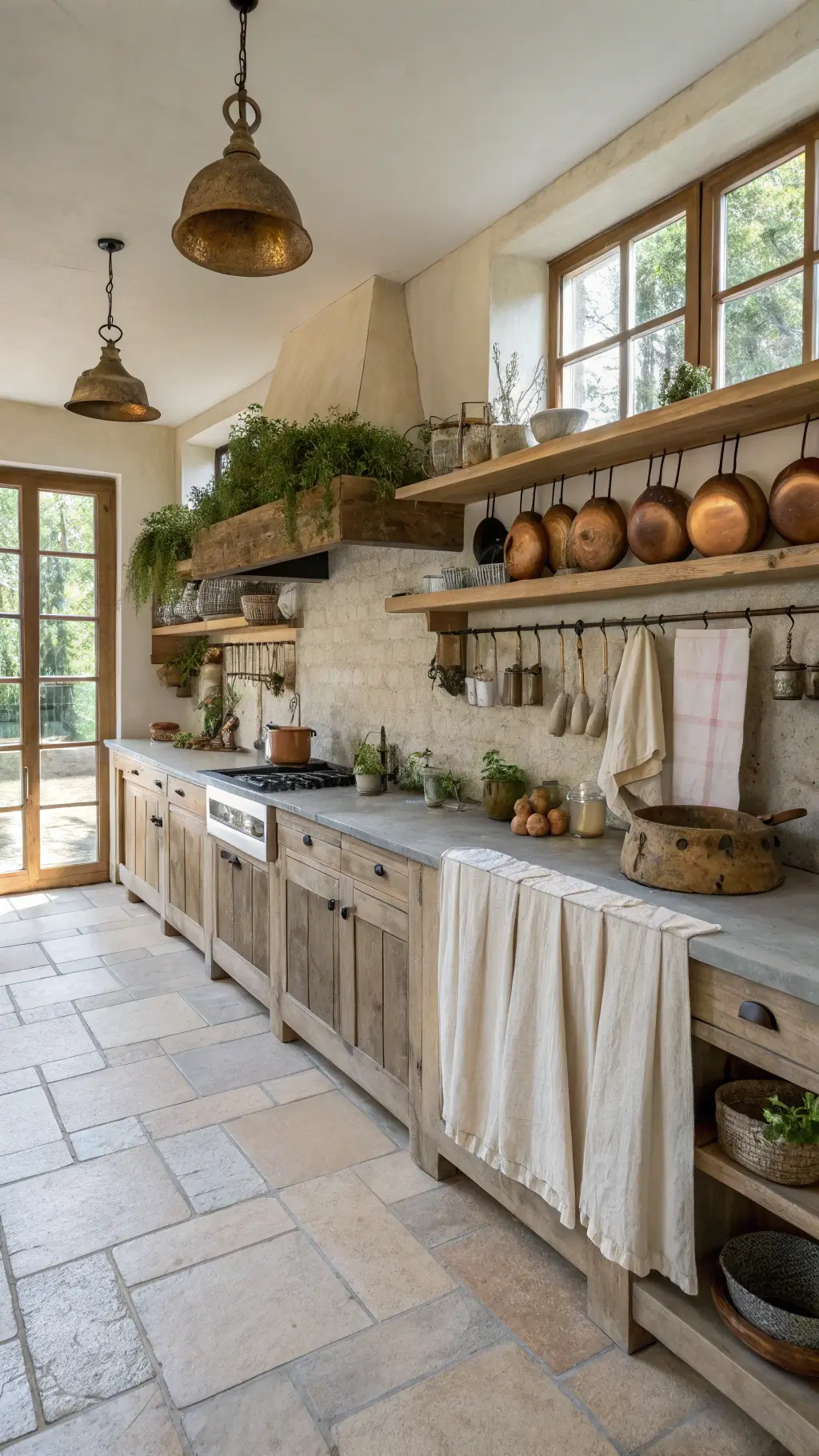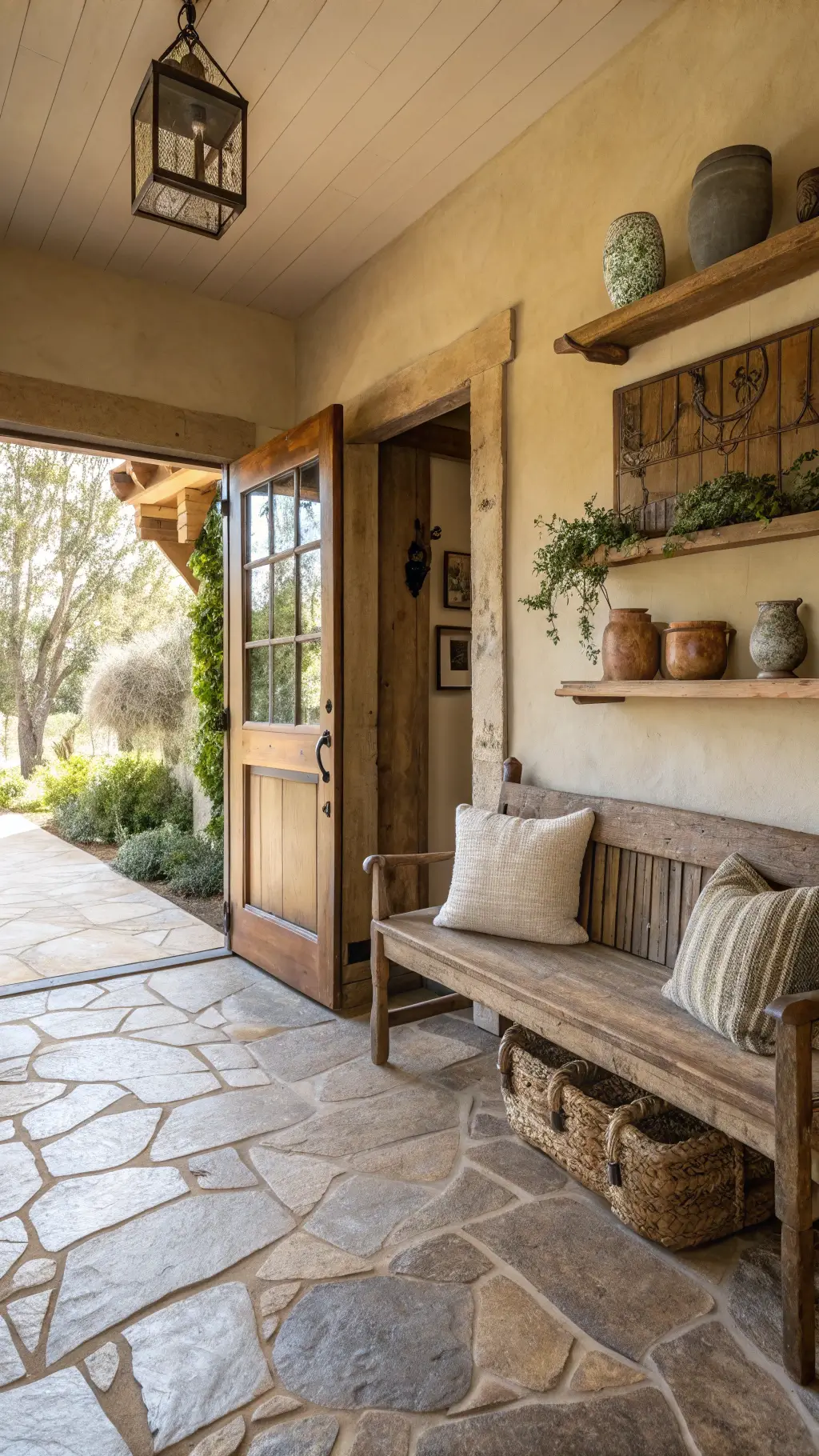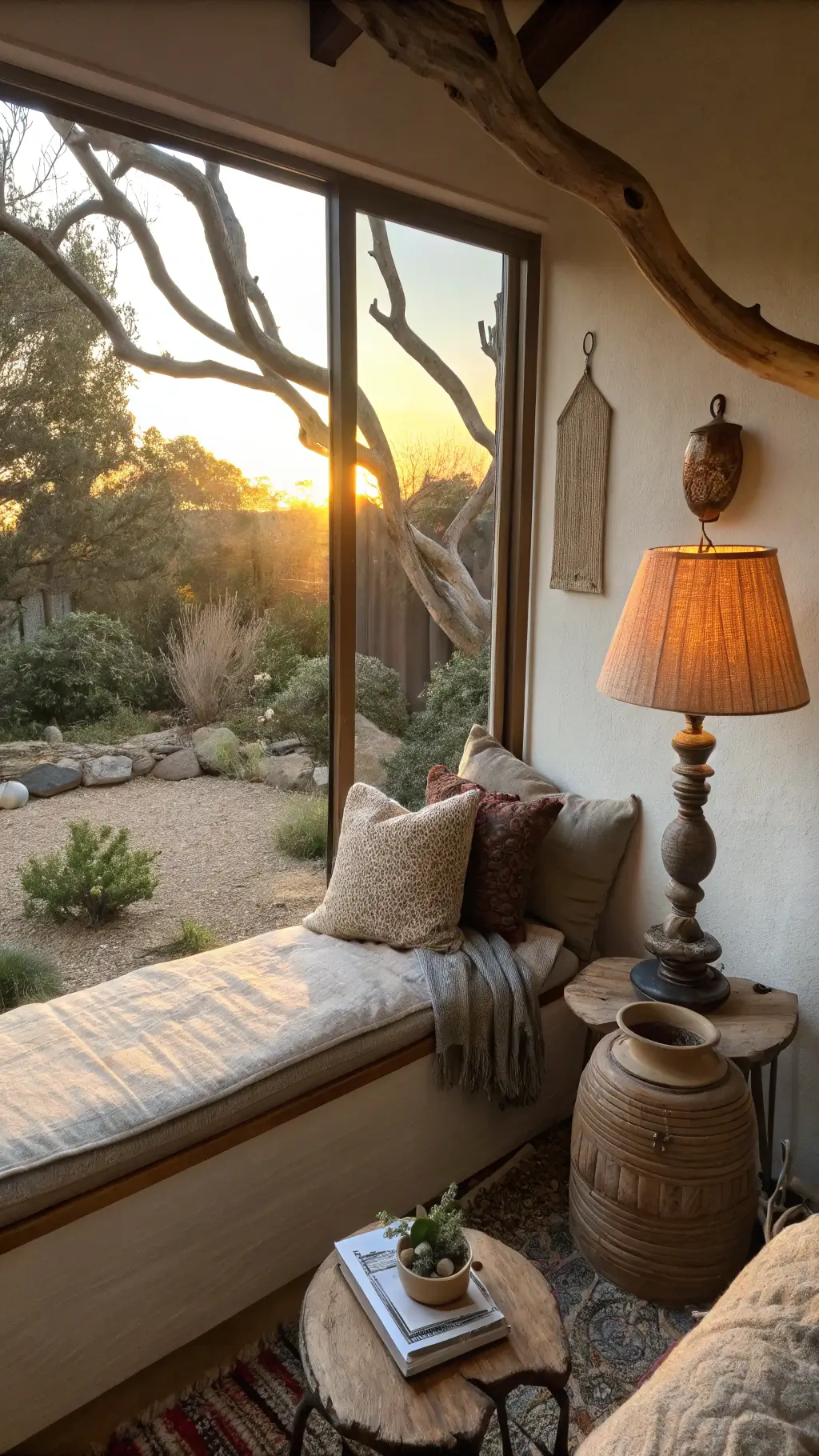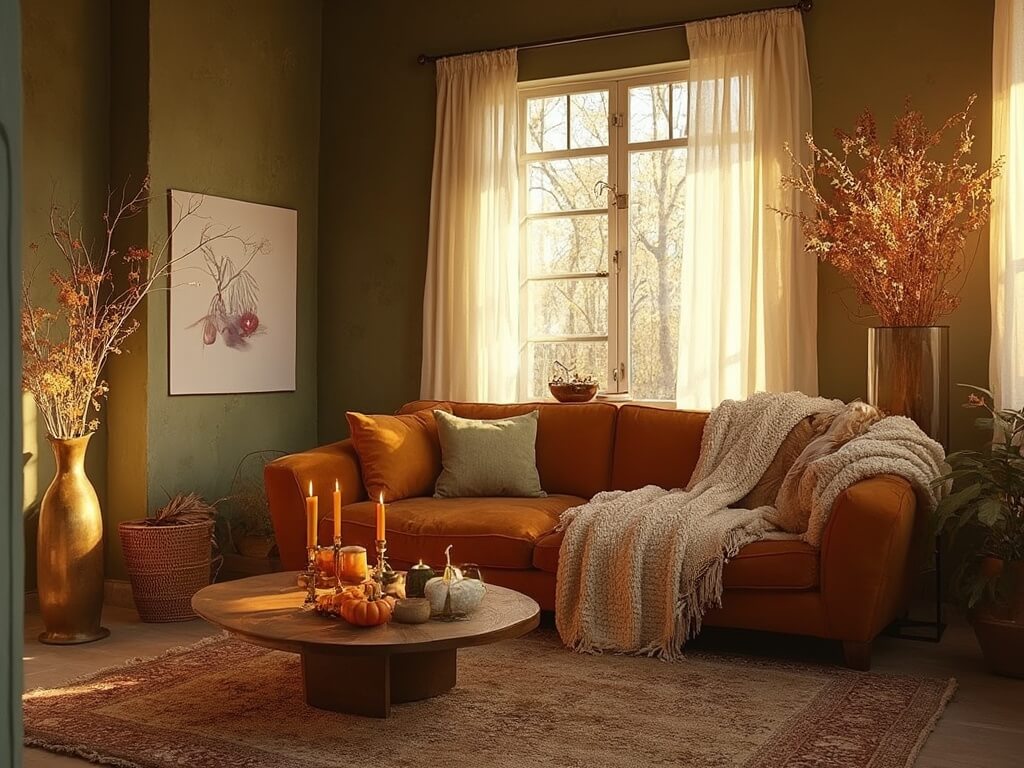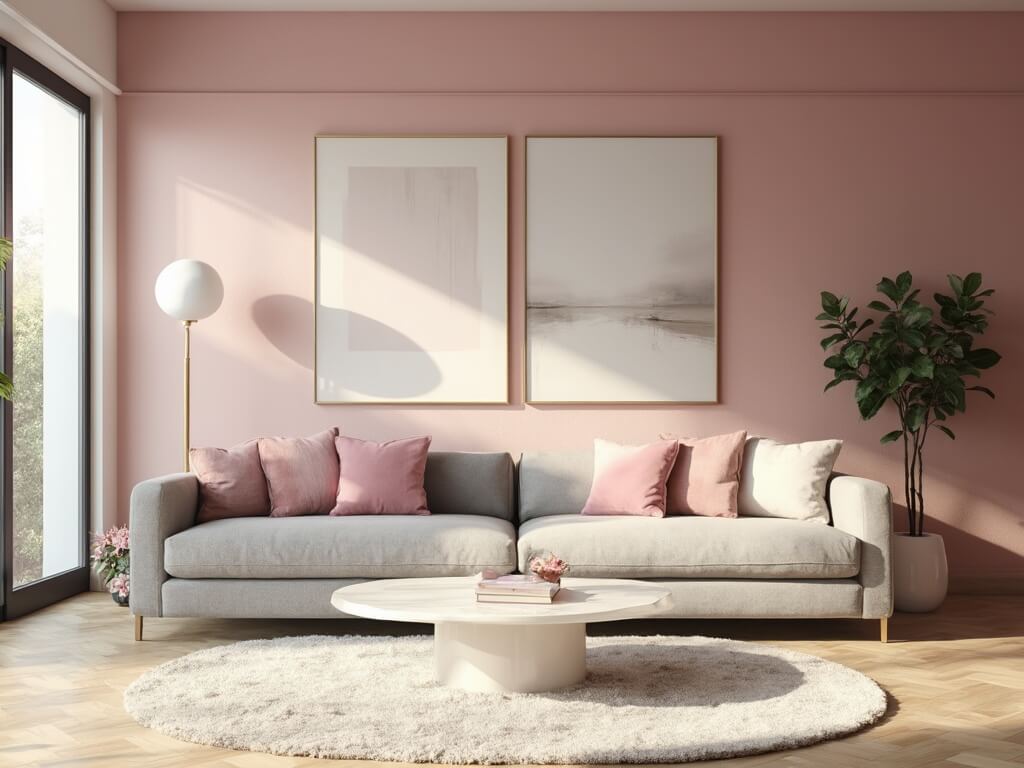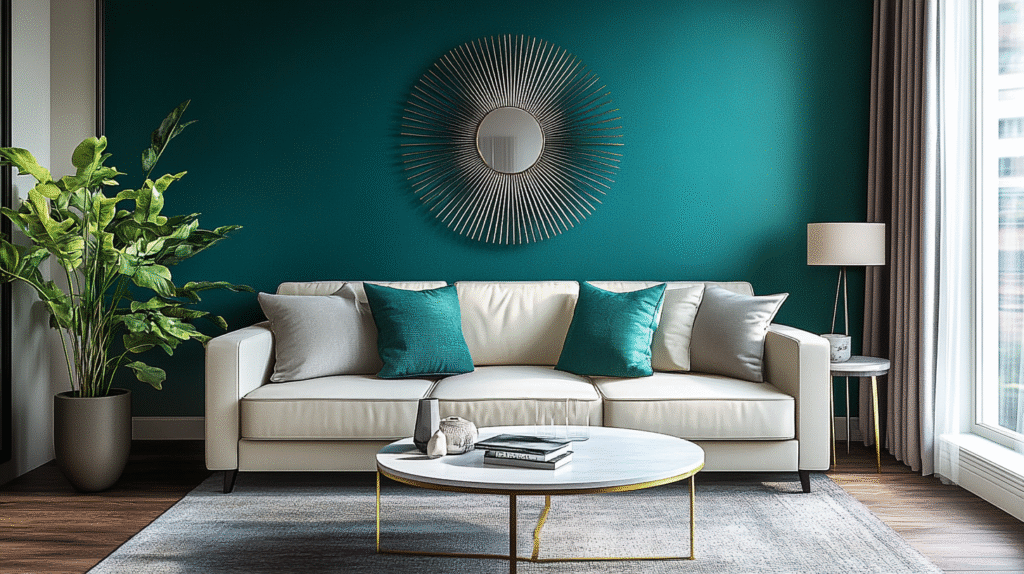Wabi-Sabi: A Design Philosophy of Quiet Elegance
The art of creating a serene, soulful living environment isn’t about perfection—it’s about authenticity.
Imagine walking into a space that breathes tranquility. Where every piece tells a story, where imperfections are celebrated, and where nature’s raw beauty takes center stage. That’s the essence of Wabi-Sabi—a design approach that transforms your home from a mere living space into a deeply personal sanctuary.
Why Wabi-Sabi Matters
Let’s cut through the design noise. Traditional home decor screams perfection. Wabi-Sabi whispers authenticity.
Key Benefits:
- Reduces visual stress
- Creates a calming environment
- Celebrates individual character
- Connects you with natural materials
- Promotes mindful living
Essential Elements of Wabi-Sabi Design
1. Materials That Tell a Story
- Natural woods with visible grain
- Hand-thrown ceramics
- Stone elements
- Weathered metals
- Organic textiles like linen and wool
2. Color Palette: Nature’s Neutral Spectrum
Forget bright, artificial colors. Wabi-Sabi embraces:
- Taupe
- Clay
- Charcoal
- Off-white
- Muted earth tones
Styling Your Space: Practical Approach
Pro Tip: Less is profoundly more.
Furniture Selection
- Choose pieces with visible wood grain
- Handcrafted details
- Organic shapes
- Low, relaxed profiles
Accessorizing Rules
- One statement piece per surface
- Vary object heights
- Use natural trays to organize
- Embrace visible wear and patina
Budget Breakdown
💡 Budget Levels:
- Budget: $200–$800
- Mid-Range: $800–$3,000
- Luxe: $3,000–$10,000+
Quick Implementation Guide
Step-by-Step Setup:
- Clear existing clutter
- Select a hero furniture piece
- Add textured neutral seating
- Introduce organic vessels
- Layer soft, natural textiles
- Create intentional negative space
Seasonal Adaptation
Winter:
- Wool throws
- Evergreen branches
- Dark wood accents
Spring:
- Linen textiles
- Soft blossoms
- Lighter wood tones
Styling Red Flags to Avoid
❌ Don’t:
- Use plastic accessories
- Overcrowd surfaces
- Choose overly shiny finishes
- Ignore natural light
- Force symmetry
Maintenance and Evolution
Wabi-Sabi is a living design philosophy. Your space should:
- Feel personal
- Evolve naturally
- Reflect your journey
- Celebrate imperfections
Final Thoughts
Wabi-Sabi isn’t just a design trend. It’s a mindset. It’s about finding beauty in simplicity, honoring natural processes, and creating spaces that breathe authenticity.
Your home is your story. Let it be beautifully, imperfectly told.
